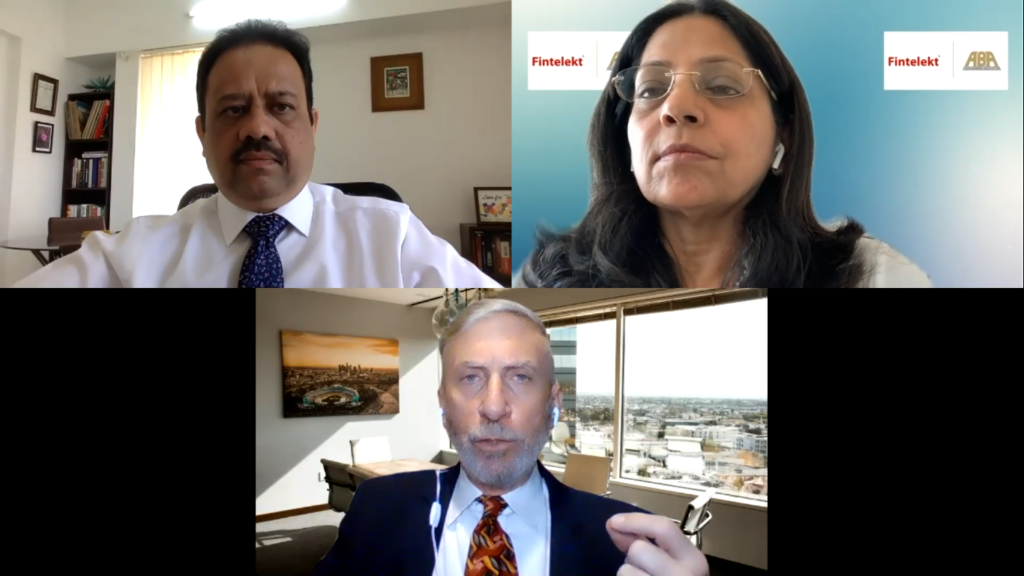
Key Takeaways

- An EWRA assesses a financial institution’s inherent AML/CFT risks, effectiveness of control environment, and the need to implement additional measures to mitigate residual risks where necessary.
- It forms the cornerstone of the AML/CFT risk management programme and helps Financial Institutions (FIs) to apply a risk-based approach based on residual risks of business lines.
- It is important to develop a model that includes all the risk factors and is customised to the size and complexity of the FI’s business.
- The EWRA model should consider customer types, products and services, geographies, channels and transactions and assign a risk rating to all of these elements.
- A quantitative analysis of data as well as qualitative inputs such as nature of the complex, hiring practices, provision of training, etc. are necessary to arrive at the residual risk.
- It is critical that the Board of Directors and senior management of the organisation are engaged and involved with every step of the EWRA process.
- Regulators expect that the process is followed in spirit and not approached as tick-mark exercise and hence they look for a structured methodology, deliberation by senior management, good use of data analytics and identification and action upon areas of improvement flagged off by the EWRA exercise.
“The EWRA should be a living document. Since the risks to a business, external factors and typologies keep evolving, the EWRA cannot be a static document and needs to be continuously updated.” – Madhu Sinha, Independent AML Compliance Professional and Former Head of AML, Citi Bank India

- During the EWRA project, organisations should focus on aspects such as:
- A thorough understanding of the AML risks and the organisation’s control mechanisms
- An assumption that there will always be risks and that these risks will keep on evolving
- Effective planning and continuous adjustment of the organisation’s responses
- Providing effective training to employees involved in the process
- Adequate involvement of the Board and senior management
- Avoiding the use of copy-pasted tools from another organisation, instead of customizing the process to the specific organisation
- EWRAs must be approached with an open mind. There is a risk of biases entering the process: such as over-reliance on the first piece of information available, overestimating the importance of available information, the tendency to see patterns in random events, or a confirmation bias.
Participation Certificates are available to participants who upgrade to Premium membership on Fintelekt Academy upon completion of a multiple-choice assessment.
Paid membership is available to ABA members for US$95 annual subscription – representing a 24% discount from the standard annual subscription of US$125 for ABA non-members.
Paid members of the Fintelekt Academy can apply for Fintelekt-ABA webinars’ Certificates of Participation, at NO EXTRA COST for one year.


